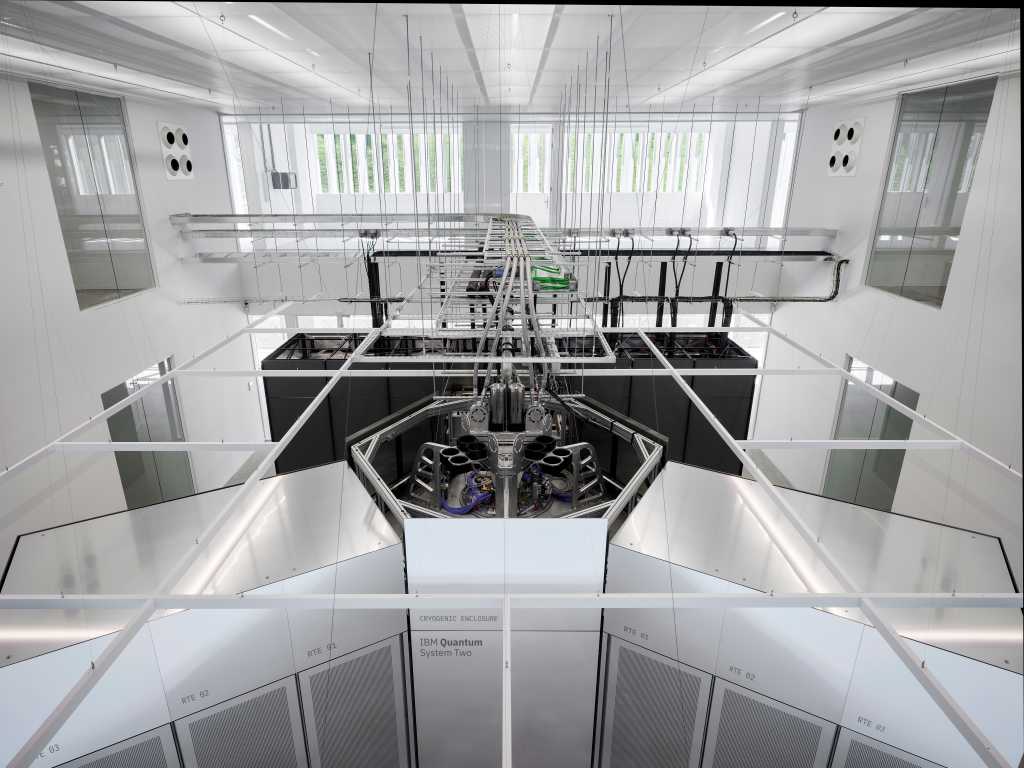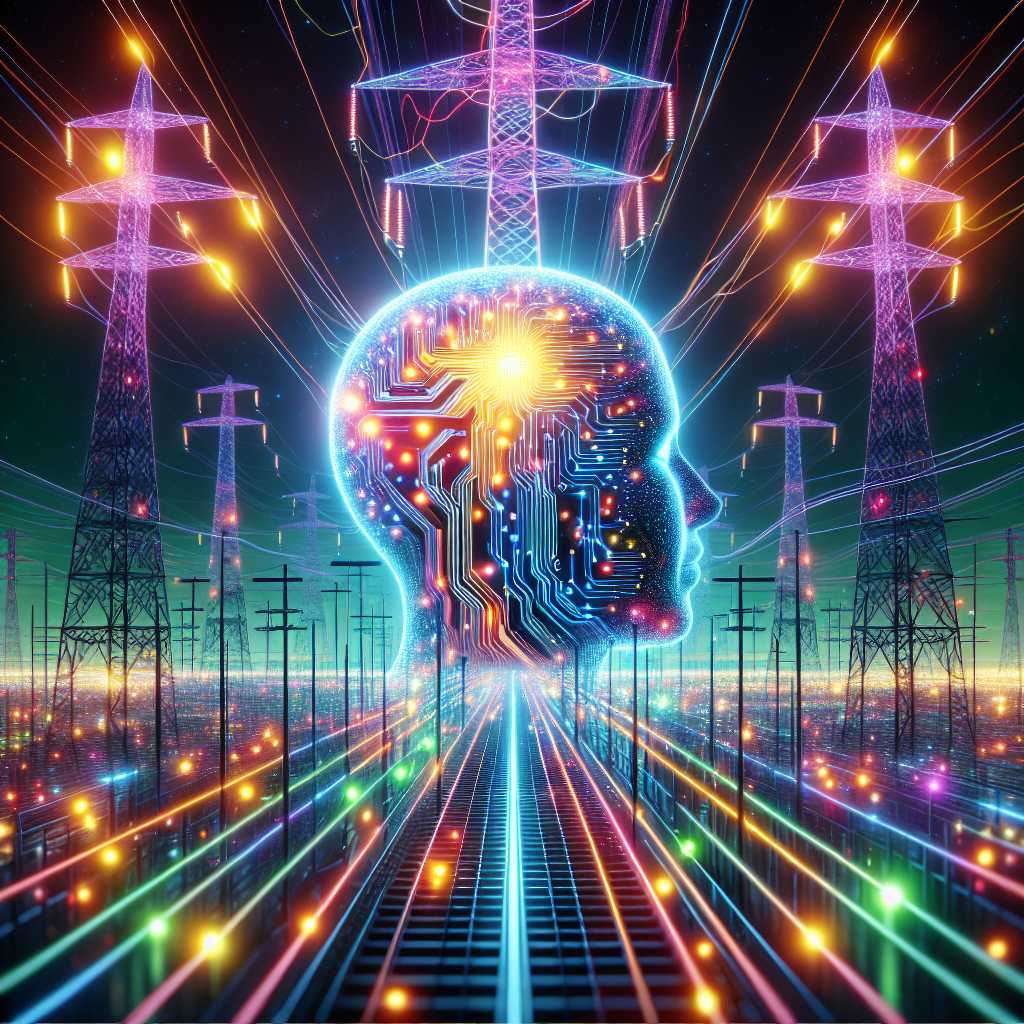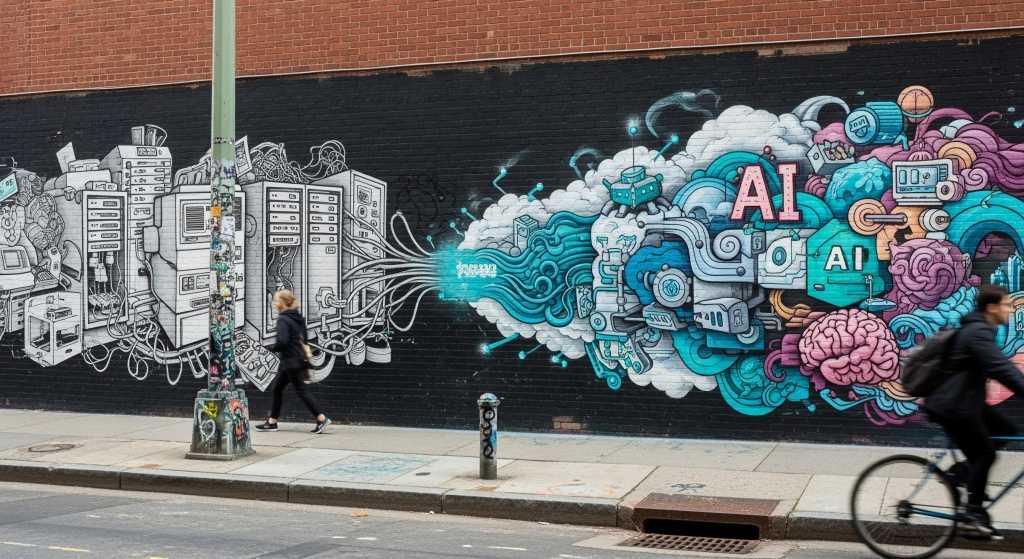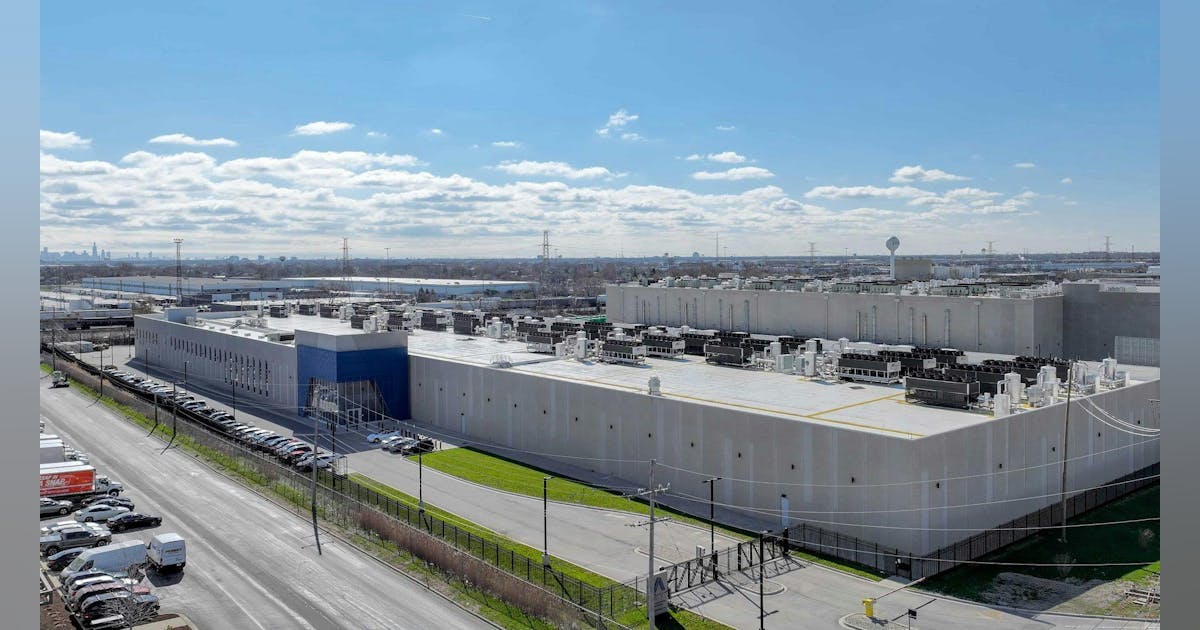
It is a yellow blob with no brain, yet some researchers believe a curious organism known as slime mold could help us build more resilient cities.
Humans have been building cities for 6,000 years, but slime mold has been around for 600 million. The team behind a new startup called Mireta wants to translate the organism’s biological superpowers into algorithms that might help improve transit times, alleviate congestion, and minimize climate-related disruptions in cities worldwide.
Mireta’s algorithm mimics how slime mold efficiently distributes resources through branching networks. The startup’s founders think this approach could help connect subway stations, design bike lanes, or optimize factory assembly lines. They claim its software can factor in flood zones, traffic patterns, budget constraints, and more.
“It’s very rational to think that some [natural] systems or organisms have actually come up with clever solutions to problems we share,” says Raphael Kay, Mireta’s cofounder and head of design, who has a background in architecture and mechanical engineering and is currently a PhD candidate in materials science and mechanical engineering at Harvard University.
As urbanization continues—about 60% of the global population will live in metropolises by 2030—cities must provide critical services while facing population growth, aging infrastructure, and extreme weather caused by climate change. Kay, who has also studied how microscopic sea creatures could help researchers design zero-energy buildings, believes nature’s time-tested solutions may offer a path toward more adaptive urban systems.
Officially known as Physarum polycephalum, slime mold is neither plant, animal, nor fungus but a single-celled organism older than dinosaurs. When searching for food, it extends tentacle-like projections in multiple directions simultaneously. It then doubles down on the most efficient paths that lead to food while abandoning less productive routes. This process creates optimized networks that balance efficiency with resilience—a sought-after quality in transportation and infrastructure systems.
The organism’s ability to find the shortest path between multiple points while maintaining backup connections has made it a favorite among researchers studying network design. Most famously, in 2010 researchers at Hokkaido University reported results from an experiment in which they dumped a blob of slime mold onto a detailed map of Tokyo’s railway system, marking major stations with oat flakes. At first the brainless organism engulfed the entire map. Days later, it had pruned itself back, leaving behind only the most efficient pathways. The result closely mirrored Tokyo’s actual rail network.
Since then, researchers worldwide have used slime mold to solve mazes and even map the dark matter holding the universe together. Experts across Mexico, Great Britain, and the Iberian peninsula have tasked the organism with redesigning their roadways—though few of these experiments have translated into real-world upgrades.
Historically, researchers working with the organism would print a physical map and add slime mold onto it. But Kay believes that Mireta’s approach, which replicates slime mold’s pathway-building without requiring actual organisms, could help solve more complex problems. Slime mold is visible to the naked eye, so Kay’s team studied how the blobs behave in the lab, focusing on the key behaviors that make these organisms so good at creating efficient networks. Then they translated these behaviors into a set of rules that became an algorithm.
Some experts aren’t convinced. According to Geoff Boeing, an associate professor at the University of Southern California’s Department of Urban Planning and Spatial Analysis, such algorithms don’t address “the messy realities of entering a room with a group of stakeholders and co-visioning a future for their community.” Modern urban planning problems, he says, aren’t solely technical issues: “It’s not that we don’t know how to make infrastructure networks efficient, resilient, connected—it’s that it’s politically challenging to do so.”
Michael Batty, a professor emeritus at University College London’s Centre for Advanced Spatial Analysis, finds the concept more promising. “There is certainly potential for exploration,” he says, noting that humans have long drawn parallels between biological systems and cities. For decades now, designers have looked to nature for ideas—think ventilation systems inspired by termite mounds or bullet trains modeled after the kingfisher’s beak.
Like Boeing, Batty worries that such algorithms could reinforce top-down planning when most cities grow from the bottom up. But for Kay, the algorithm’s beauty lies in how it mimics bottom-up biological growth—like the way slime mold starts from multiple points and connects organically rather than following predetermined paths.
Since launching earlier this year, Mireta, which is based in Cambridge, Massachusetts, has worked on about five projects. And slime mold is just the beginning. The team is also looking at algorithms inspired by ants, which leave chemical trails that strengthen with use and have their own decentralized solutions for network optimization. “Biology has solved just about every network problem you can imagine,” says Kay.
Elissaveta M. Brandon is an independent journalist interested in how design, culture, and technology shape the way we live.






















